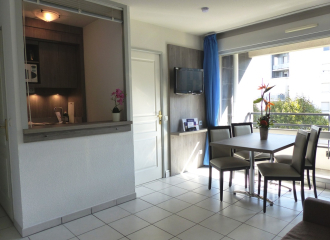Roman Baths
Royat

The only spa town in the Clermont Auvergne metropolitan area, the Royat-Chamalières spa developed at the outlet of the Tiretaine valley, below the ancient village of Royat.
Its origins date back to Antiquity. Large, high Roman walls are mentioned in texts from 1575 to 1840. In 1881, when the railway viaduct was being built, an archaeological excavation of the site revealed the remains of enormous antique baths over an area of 2,800 sq. m: three large pools placed in a line and four rooms heated through the floor (hypocaust system). All the rooms were richly decorated with marble in all colours, mosaics and bronze or marble statues. Today only one pool with steps and hemicycle seats is still visible. These remains have been listed on the historic monuments registry since 1889.
Baths were an integral part of Gallo-Roman culture. They were used for bodily hygiene and full body treatments, but also played an important social role. Within the therapeutic context, the buildings were generally connected to worship such as that of Apollo, the important warrior god of Gaul. The baths also contributed to public cleanliness, with water discharged into the sewers.
The journey through the baths generally followed an established order: after the changing rooms, visitors passed through the cold room, the tepid room, the hot room and the sauna (steam baths), or went directly to the palaestra (a public place for wrestling and gymnastics) for the more athletic visitors. The journey varied according to buildings, their size, the season and the cultural fashions. Separation or mixing of men and women also played a part in the organisation of the space and in the opening hours.
The Roman baths are part of the discovery trail ‘The town of waters in the Belle Epoque’, included in the ‘De-ci de-là’ brochure. This document is available free of charge from the Royat Tourist Information Office and can be downloaded from the bottom of this page.
TarifsFree access.
Contact et accès Parc Thermal63130 Royat
Puy-de-Dôme (63)
Informations complémentaires
Ça peut vous intéresser


Pavillon Saint-Mart or fontaine des goutteux


Spa resort


Royal Hôtel Saint-Mart


Majestic Hotel and Lodge


Royat Theatre and Casino


Royat-Chamalières Train Station
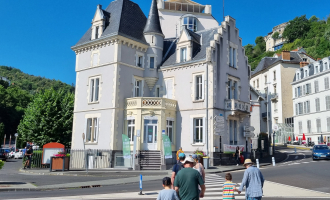

Royat Chamalières Tourist Office
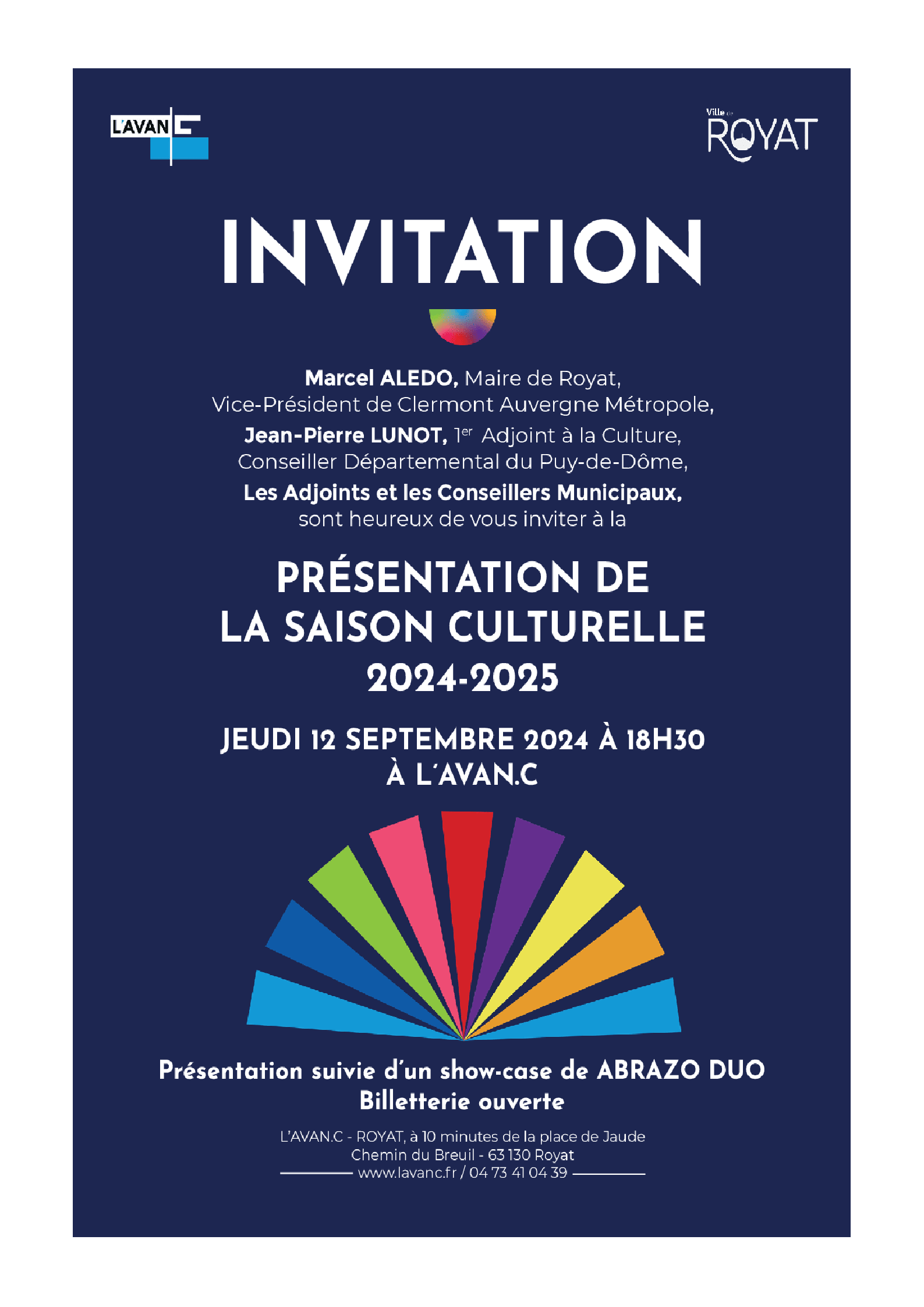
Présentation de la Saison Culturelle 2024 – 2025 | L’Avan.C

28ème Concours international de Chant de Clermont-Ferrand
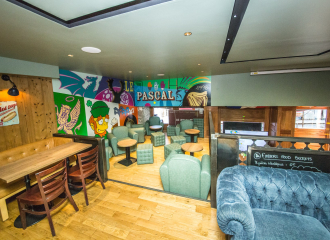
Le Café Pascal
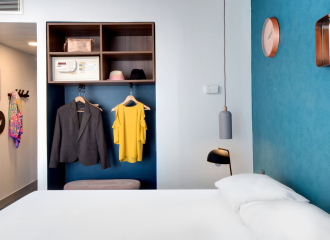
Ibis styles Clermont-Fd Gare

Revue Cabaret Odysséo : Osez ! | Casino de Royat

Nora Hamzawi | Maison de la Culture
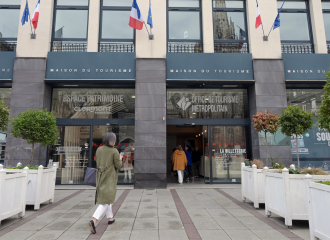
Maison du Tourisme

Scène ouverte ambiance de Noël de l’Open Show | Le Caveau de la Michodière

Marché de Noël de Fontanas

Véronique Gens et Susan Manoff | Clermont Auvergne Opéra
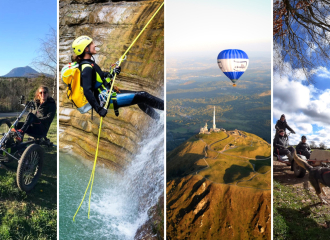
Takamaka Clermont-Ferrand
